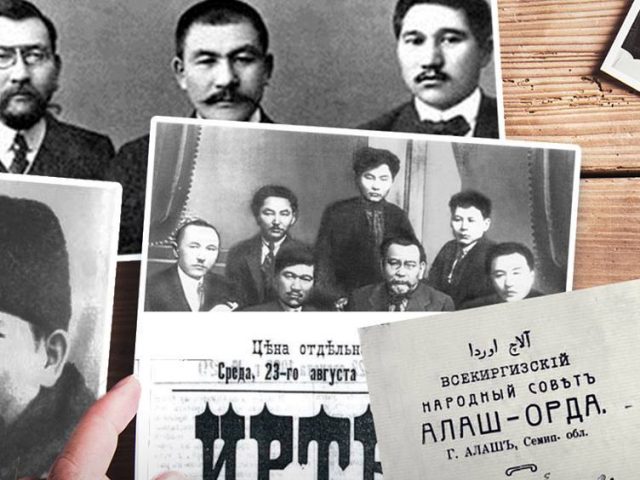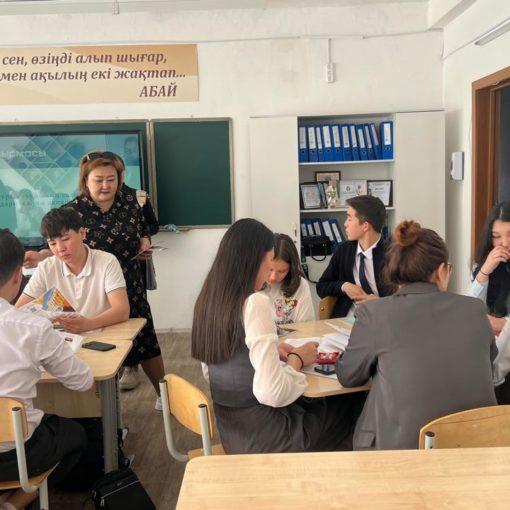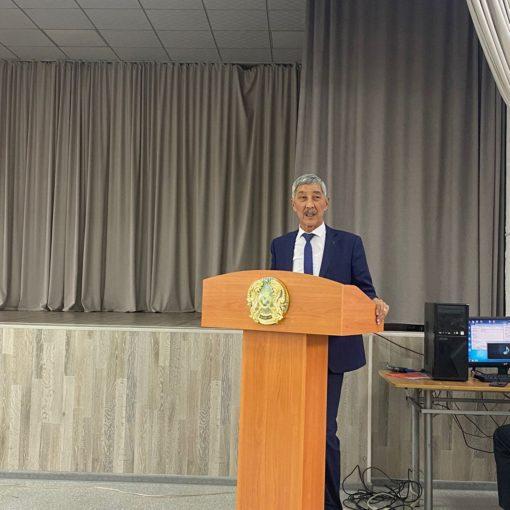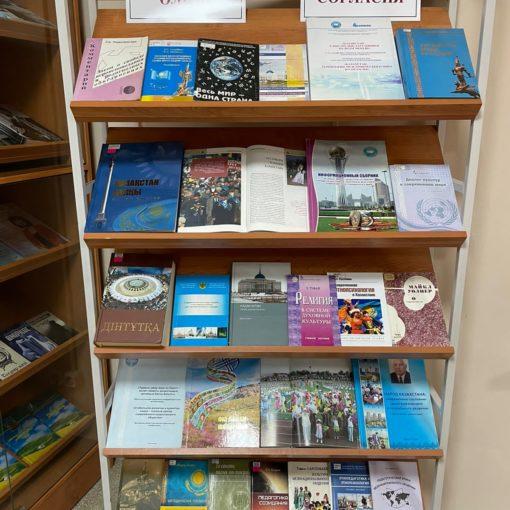
Years of Life 1895 – 1937
Born in 1895 in Karkaralinsk uyezd of Semipalatinsk region.
Kazakh.
Member of the CPSU since 1920.
Graduated in 1915. Omsk Teachers Seminary, in 1931 – Communist University of the Central Committee of the CPSU (b). 1915 – 1918. He is a teacher at the school in the town of Karkaralinsk.
During the First World War he opposed the sending of Kazakhs for rear work to support the Russian army.
February – May 1918. – February-May 1918, secretary of the Karkaralinsk district council of workers’ and peasants’ deputies. 1918 – December was kept in the White Guard prison.
1920-1921 – member of the Karkaralinsk urevcom and the Executive Committee, member and head of the department of the Semipalatinsk Gubvoenrevcom, head of the department of the Semipalatinsk Gubvoenrevcom, member and secretary of the Semipalatinsk Executive Committee.
October 1921 – Chairman of the Revolutionary Tribunal of the CASSR.
April 1923 – Chairman of the Kazakh branch of the RSFSR Supreme Court.
1923 – September 1924 – Chairman of the Kazakh branch of the RSFSR Supreme Court. – 1923 – September 1924 – People’s Commissar of Justice, Prosecutor General of the CASSR.
September-October – Head of the Kirobkom department at the All-Union Communist Party of Bolsheviks (b).
October 1924 – April 1929: Chairman of the Council of People’s Commissars of the CASSR.
1929-1931. – Study in Moscow.
1931-1937. – 1931-1937. Deputy Secretary at the All-Russian Central Executive Committee, head of the department at the Presidium. VTSIK Member of the All-Union Communist Party of Bolsheviks (b), Central Executive Committee of the KASSR.
He spoke out against the Holoshchekinskaya idea of “small October revolution” in Kazakhstan.

When he was chairman of the Council of People’s Commissars of the Kyrgyz (Kazakh) ASSR, he participated in the decision to move the capital of the Kazakh ASSR from Orenburg to Kyzylorda, then to Almaty. However, in the early 30s he fell into disgrace of the Soviet power, when he began to criticize and oppose the Goloshchekin idea of “small October revolution” in Kazakhstan. He was also accused of national fascism only for trying to give his native Kazakh language the status of a state language.
He was repressed.
On June 3, 1937, he was arrested on charges of participation in a counterrevolutionary terrorist organization.
The death sentence was passed in a closed court session.
He was shot on September 27, 1937 together with Bukeykhanov and buried in the Don cemetery in Moscow in the mass grave together with five thousand people shot.
He was rehabilitated on August 11, 1956 by the decision of the Military Collegium of the USSR Supreme Court.

At the Don cemetery (Moscow), our project manager Dulatbekov N.O. installed a memorial plaque at the burial site of a prominent public figure, teacher, journalist, ethnographer Alikhan Bukeykhanov and a prominent political figure Nygmet Nurmakov.

Source: https://e-history.kz/ru/biography/view/218
biografia.kz





